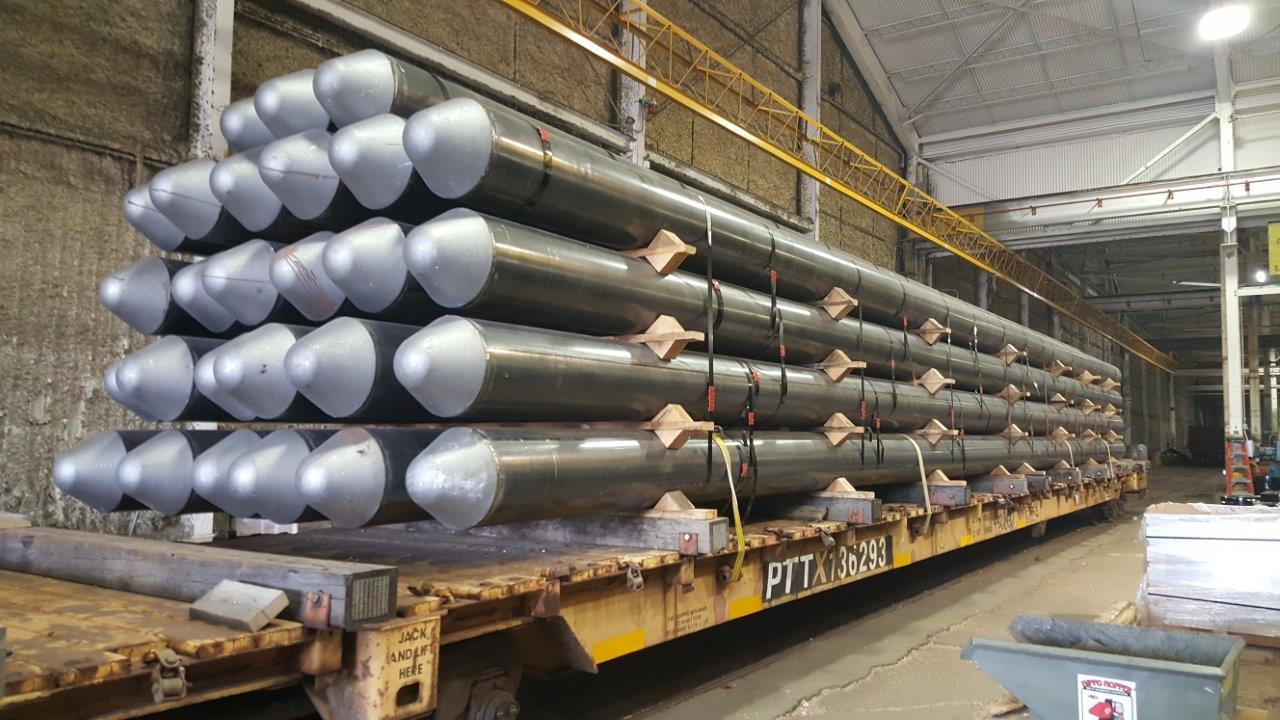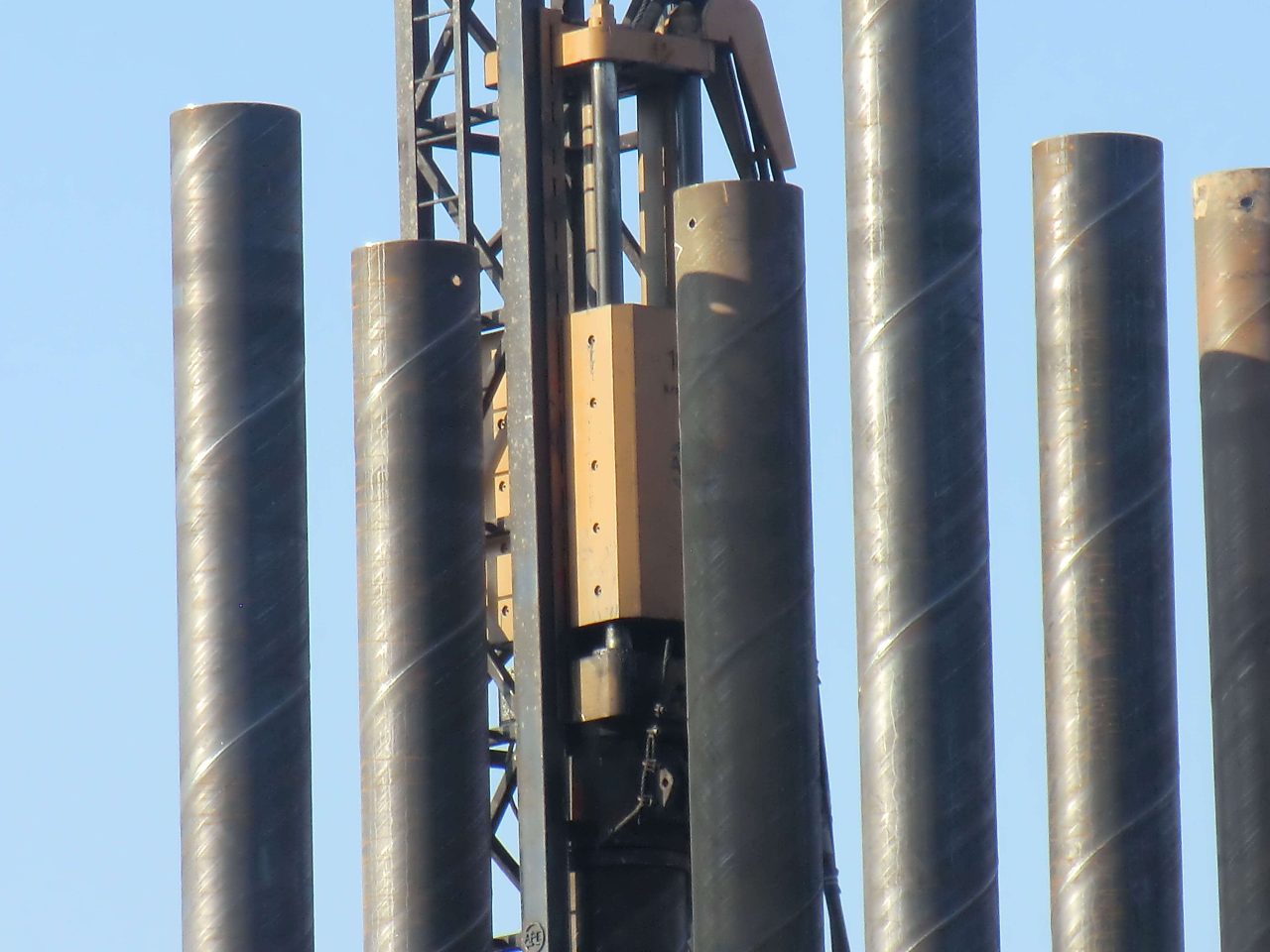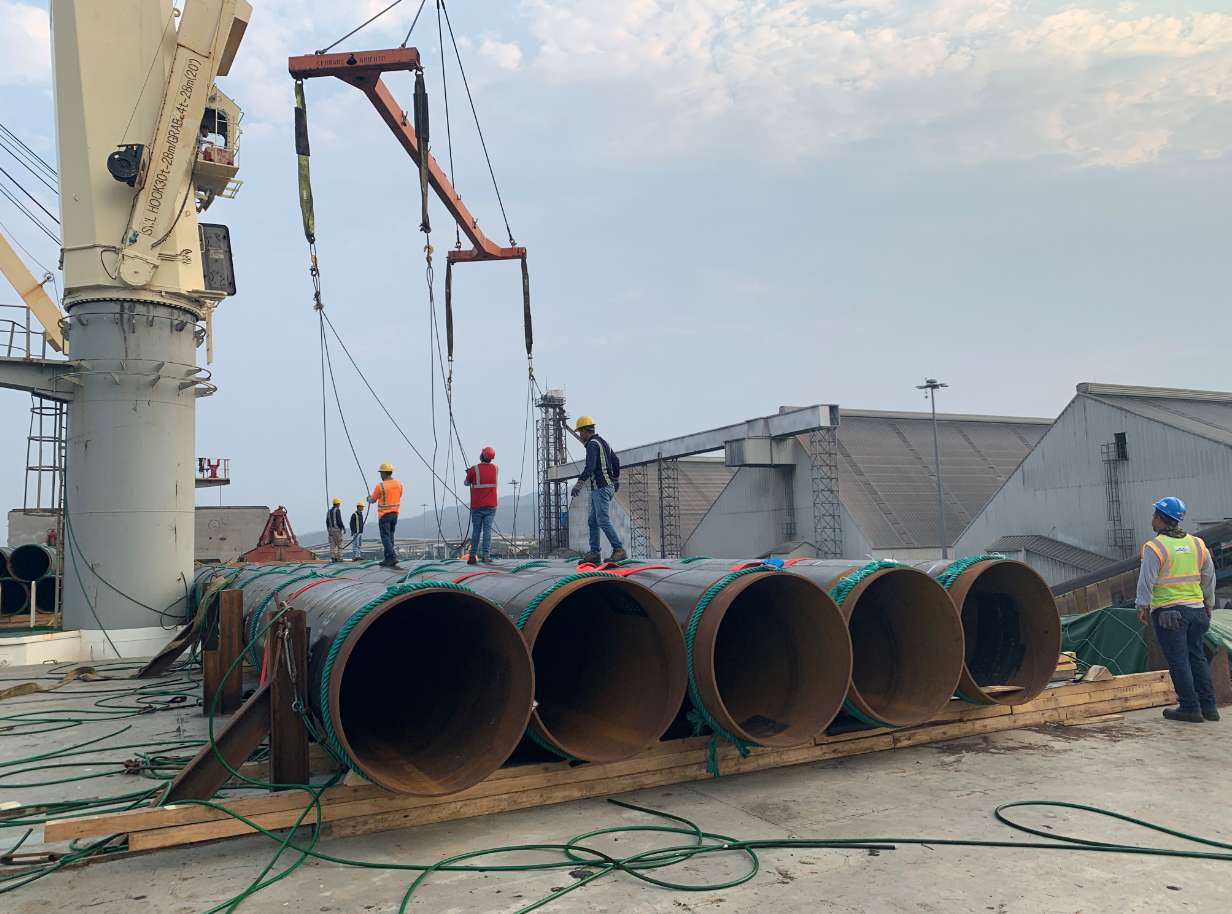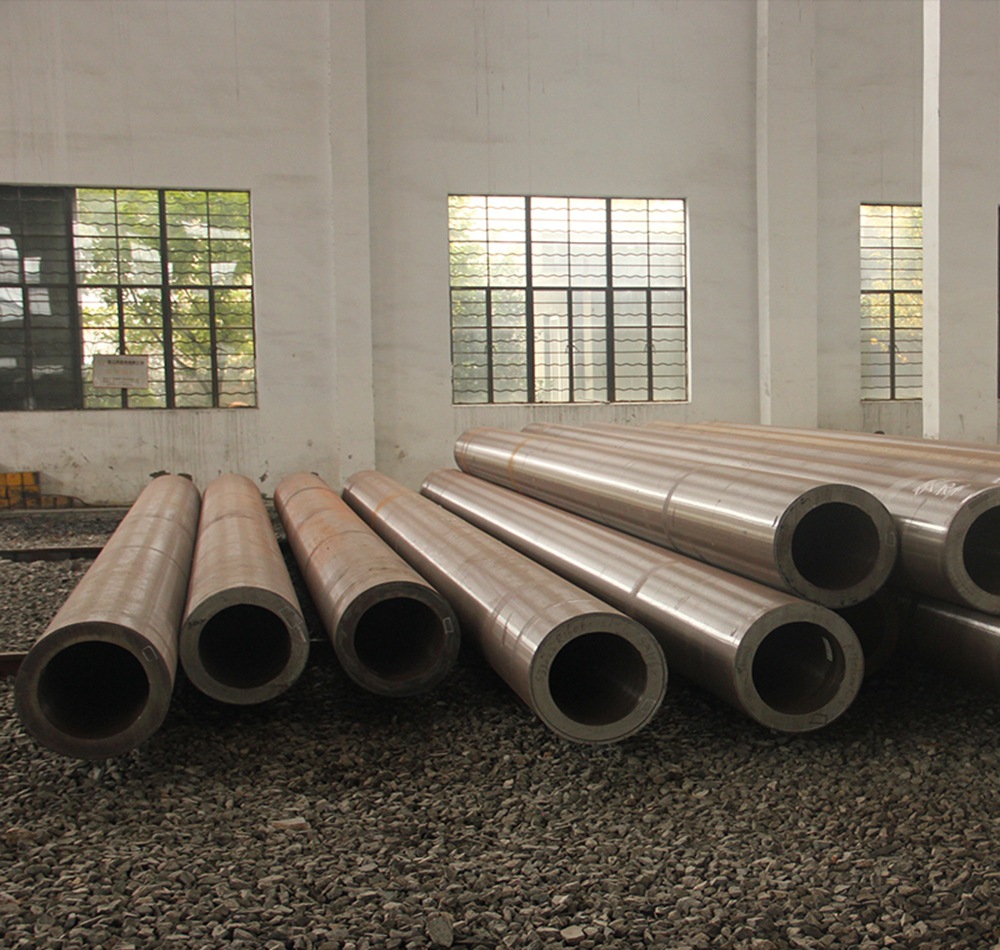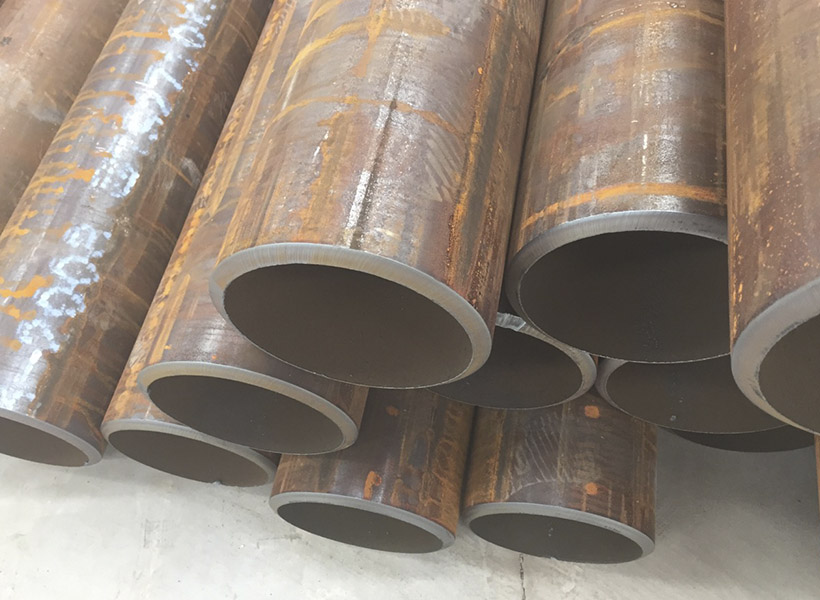Cost-Effective Driven Pipe Pile Design
Introduction
Driven piles are a popular choice for deep foundations due to their ease of installation, reliability, and ability to handle significant loads. Designing cost-effective driven piles requires a balance between material costs, installation methods, and performance criteria. This guide provides insights into achieving an economical and efficient driven-pile design.
Key Considerations for Cost-Effective Design
1. Soil Investigation
Understanding soil conditions is crucial for designing a cost-effective driven-pile foundation. A comprehensive geotechnical investigation should include:
- Soil Profile: Identify soil layers and their properties.
- Load-Bearing Capacity: Determine the allowable bearing pressure.
- Settlement Analysis: Evaluate potential settlements to ensure structural stability.
- Groundwater Conditions: Assess the impact of groundwater on pile performance.
2. Pipe Pile Selection
Choosing the right type of pile can significantly impact costs. Common types include:
- Steel Piles: High strength, available in various shapes (H-piles, pipe piles), suitable for hard driving conditions.
- Concrete Piles: Precast or cast-in-situ, cost-effective for moderate loads and softer soils.
- Timber Piles: Economical for light loads and temporary structures, not suitable for heavy or permanent applications.
3. Pipe Pile Design
Designing piles to optimize their load-carrying capacity while minimizing material use includes:
- Length and Diameter: Determine the optimal length and diameter to achieve the required load capacity.
- Driving Resistance: Ensure the pile can be driven to the required depth without damage.
- End-Bearing vs. Friction: Balance the contribution of end-bearing and friction to the overall capacity.
4. Installation Methods
Selecting an efficient installation method can reduce costs and improve performance. Common methods include:
- Impact Driving: Suitable for most soil types, using diesel, hydraulic, or drop hammers.
- Vibratory Driving: Faster and quieter, ideal for granular soils.
- Jetting: Uses water jets to assist driving in sandy soils, reducing driving resistance.
5. Material Optimization
- Steel Grades: Use high-strength steel to reduce the required cross-sectional area.
- Concrete Mix Design: Optimize the mix design for precast piles to balance strength and cost.
- Corrosion Protection: Use coatings or cathodic protection to extend pile life in corrosive environments.
6. Quality Control
Ensuring high-quality installation and materials can prevent costly repairs and failures:
- Non-Destructive Testing (NDT): Methods like pile integrity tests, dynamic load tests, and static load tests.
- Inspection: Regular inspection during and after installation to ensure compliance with design specifications.
Design Example
Consider a project requiring driven piles for a medium-sized commercial building. The following steps outline a cost-effective design approach:
Step 1: Soil Investigation
- Conduct borehole drilling and sampling.
- Perform laboratory tests to determine soil properties.
- Analyze the soil profile and groundwater conditions.
Step 2: Pipe Pile Selection
- Choose steel pipe piles for their high strength and adaptability to soil conditions.
- Opt for ERW (Electric Resistance Welded) steel piles due to their cost-effectiveness and availability.
Step 3: Pipe Pile Design
- Calculate the required pile length and diameter using geotechnical data and load requirements.
- Design piles for both end-bearing and friction capacity.
- Ensure the pile design meets local building codes and standards.
Step 4: Installation Method
- Select impact driving using a hydraulic hammer for precise control and efficiency.
- Prepare the site for pile driving, ensuring access and safety measures are in place.
Step 5: Material Optimization
- Use high-strength steel (e.g., ASTM A252 Grade 3) to reduce the required pile diameter.
- Apply a protective coating to prevent corrosion in groundwater-exposed sections.
Step 6: Quality Control
- Implement NDT methods like dynamic load testing to verify pile capacity.
- Conduct regular inspections during installation to ensure compliance with design specifications.

